“It seemed to have been a tremendous success,” responded Dr Ernest Hiaire on October 27 when asked about his feedback on Jounen Kwéyòl. Hilaire, who is the Minister with responsibility for Tourism, Investment, Creative Industries, and Culture, said the reports have been positive regarding the island hosting of Jounen Kwéyòl activities on October 26.
While the main communities were Belle Vue in Vieux Fort and Babonneau, Saint Lucians embraced a full weekend of activities beginning with schools and workplaces on October 24 leading into various activities across the island. Jounen Kwéyòl and Creole Heritage month is a celebration of the island’s culture and traditions in food, music, dance, and dress around the Kwéyòl language.
“Ever since last year, I’ve been encouraging the FRC [Folk Research Centre] for us to change the format and to to move to a kind of decentralised celebration rather than having two major communities. And I have pointed out to them, and they had a consultation on it, that the people of Saint Lucia themselves, were already decentralising it, and communities were just doing things on their own and just growing and spreading it and we had to get more involved in that, rather than still, the focus on three communities and this year was two communities.
“We just need to be able to take the resources we have and give support to more communities to put on authentic Kwéyòl experiences rather than just focusing on two,” he added.
He alluded to the communities of Monchy and Anse Gere, both hosting major Jounen Kwéyòl activities on the weekend and drawing large crowds to their venues.
Hilaire also noted that no longer was the focus just on the Sunday, but the last weekend of Creole Heritage month was now a full weekend of activities all over the island.
“It is very organic and we need to see the signs for what they are and to just encourage it so that the whole of Saint Lucia becomes a national celebration, rather than trying to still tell persons we have two designated communities. And that’s where you should go.”
From Church services in Kwéyòl to breakfast events, bamboo bursting competitions, live performances of traditional music, song, and dance, the island came alive through various Jounen Kwéyòl activities. The major attraction of course was the food, some of which was prepared the traditional way including avocado and farine, cashew tea, bakes and cocoa tea, smoked herring, pig tail, dumplings, and much more.




